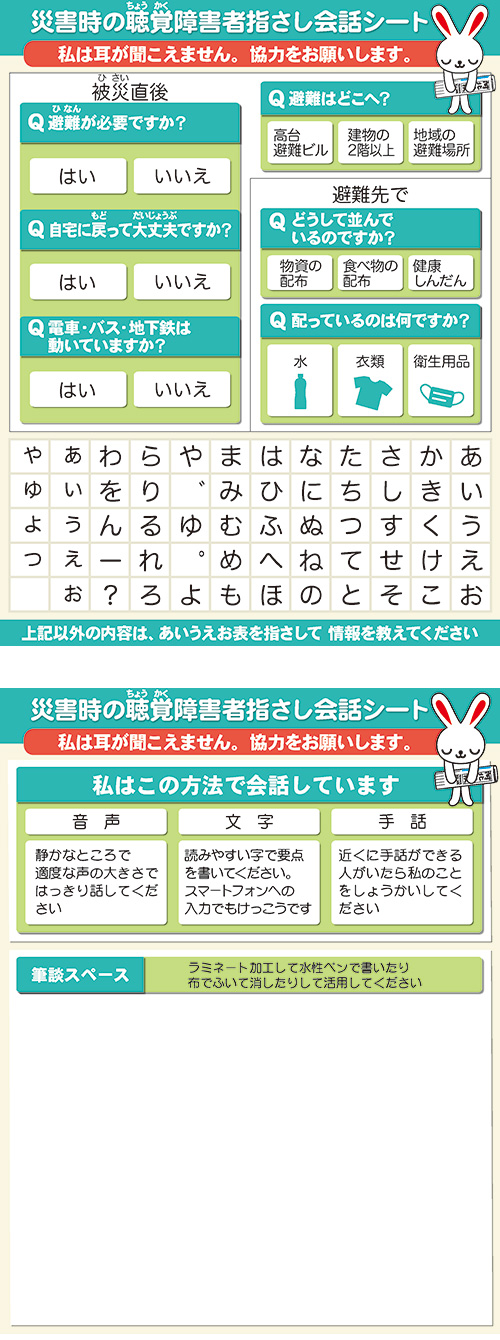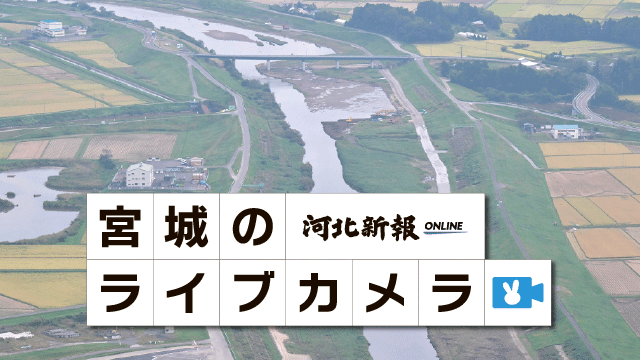Part 2: Car Evacuation Risks (1) Endless traffic jams / Memories of the tsunami cause impatience




During the Great East Japan Earthquake, vehicles in traffic congestions were struck by the tsunami, resulting in the loss of many lives. On December 7, 2012, an aftershock with a maximum seismic intensity of 5-lower assailed the Tohoku region. For the first time in a year and eight months, a tsunami warning was issued for the coastal areas of Miyagi Prefecture. Were the lessons from March 11, 2011 put to use this time? We will investigate the problems of car evacuation based on a collection of firsthand testimonials from those who experienced the main quake and aftershocks. (“Preserve Lives and Communities” Investigation team)
◎ “Hurry!” - Cars flood local byroads
For those in the disaster-stricken areas, the aftershocks and tsunami warning in December called painful memories of the 2011 calamity to mind. Car evacuation began early, but extreme traffic congestion occurred once again.
The sight was beyond belief: the lanes leading inland had an unbroken string of cars continuing endlessly into the distance.
Immediately following the aftershock of December 2012, automobile maintenance company manager Akiko Watanabe (72) jumped into her mini passenger car and fled from Arahama, Wakabayashi Ward, Sendai City. She attempted to drive out to the road from her office, but was quickly stalled. It had not been 10 minutes.
On the day of the 2011 earthquake, there had been no traffic congestion on this road. The area was damaged by the flood and houses were sparse, so the volume of traffic had continued diminishing. “I can’t believe there are so many cars here.”
Looking both ways, Watanabe noticed the headlights were continuing from the Shiogama-Watari Line prefectural road, with regularly heavy traffic. The cars were rushing to cross over to the west side of the Sendai-Tobu road.
Watanabe was late to evacuate during the disaster, and was swept away by the muddy streams immediately after getting into her car. Rescue came, but only after she drifted for hours in the cresting waves and drawback. She thought she had learned from this experience and quickly prepared herself to evacuate.
There is no high ground nearby, and she plans to continue escaping by car in the future. “I will evacuate as soon as I can, but I’m anxious about this.”
In December 2012, cars even flooded into the byroads.
Following the aftershock, Makoto Abe (62), a farmer, fled from his greenhouse in Omagari, Higashimatsushima City. Driving his light station wagon, he headed to the areas inland of the Sanriku Expressway.
Immediately after the 2011 earthquake, highways such as National Route 45 became severely congested with traffic, and lines of vehicles were swallowed by the tsunami. Abe pulled onto a narrow byroad without hesitation.
He soon regretted his decision. Automobiles were in bumper-to-bumper traffic, lined up toward the railroad crossing on the JR Senseki Line. Abe entered another byroad, but that was packed as well. Even though the traffic signal beyond the railroad crossing was operating as normal, traffic had slowed to a crawl.
“I thought the smaller roads would be all right…I guess everybody had the same idea.” Two areas before the railroad crossing that merged with nearby roads ate up valuable time, and he only reached the Sanriku Expressway after 6:30 p.m. The expected arrival time of the tsunami had already come and gone.
The aftershock hit at 5:18 p.m., when many were returning home. In addition, the midwinter cold spurred people to seek warmth in their vehicles and drive.
Professor Toshiaki Muramoto, Tohoku University International Research Institute of Disaster Science (Cognitive Psychology), explains, “The traumatic memories of the disaster increase impatience. This could encourage a certain mentality, even among those who do not need to evacuate by car: ‘I want to escape quickly, so I must use a car.’”
The 2011 earthquake caused disaster-stricken areas to share a sense of danger against car evacuation. Ironically, this “lesson” is contributing to increased traffic.
◎ “I can’t lose my car again”- Expensive purchases, unreliable insurance
“I didn’t want to lose another car.” Homemaker living in Iwanuma City, Hiromi Yusa (64) explains her motivation for evacuating by car on December 7 last year.
Once the aftershocks had subsided, she had her husband (65) drive their two visiting grandchildren towards inland. Around 20 minutes later, she and her eldest son (34) also left the house in separate vehicles.
The roads were already congested by the time they left. Her husband got caught in traffic just before National Route 4, and again at a byroad. Yusa and her son were also in heavy traffic, and kept stepping on their brake pedals until they reached the Sendai-Tobu road. It took 40 minutes to move five kilometers.
Before the 2011 earthquake, the family had three cars in their possession. When disaster struck, they left their cars at home and fled into the nearby Tamaura Elementary School. The muddy waters rushed to their home more than two kilometers from the ocean, swallowing their cars.
Without a car, shopping, commuting to work, going to the hospital, and countless other daily tasks were a hassle. The family bought three new cars, which ended up being more expensive than the repairs to their house. If their cars were washed away a second time, they could not afford to replace them.
“We may be told a human life is more important than a car. But I think it is difficult for those with similar experiences to decide to abandon their cars.”
Like Yusa, many repurchased cars in the two years since the disaster. Among the victims, cars became extremely valuable as assets and supplements to their income. The fear of losing these vehicles again was a strong factor behind the traffic congestions across the region on December 7 last year.
The insurance system in Japan is another reason why evacuees hesitated to abandon their vehicles.
Tsunami and earthquake-induced vehicular damage is not covered under the policies of insurance providers. This is due to the unpredictable frequency and scope of damage of earthquakes, and the risk of promised insurance payouts not being paid in full.
Takeshi Suzuki, director of the General Insurance Association of Japan, explains, “It would be difficult for us to provide automobile insurance coverage for tsunami and earthquake damage, even with a significant number of subscribers.”
The government shares responsibility for paying earthquake insurance. Would it be impossible to cover automobiles? An investigative committee formed by the government last year discussed this topic. The prospect was dismissed, however, due to conservative opinions such as “expanding coverage could potentially disrupt the stability of the system,” and “subscribers may have to pay higher insurance premiums.”
In response to the disaster, insurance providers established special contracts for car insurance. The contract is similar across companies, with a maximum payout of 500,000 Yen for total vehicular loss from earthquake or tsunami damage. “This amount will cover the cost of a secondhand car, or the down payment on a new one,” Suzuki explains. Still, a large gap remains between the loss incurred and the funds provided by the insurance company.
Translated by Ben DeTora
January 31, 2013 (Thurs.)
[Japanese] http://www.kahoku.co.jp/special/spe1114/20130131_01.html
 朝刊・夕刊
朝刊・夕刊 記事を探す
記事を探す FAQ
FAQ















